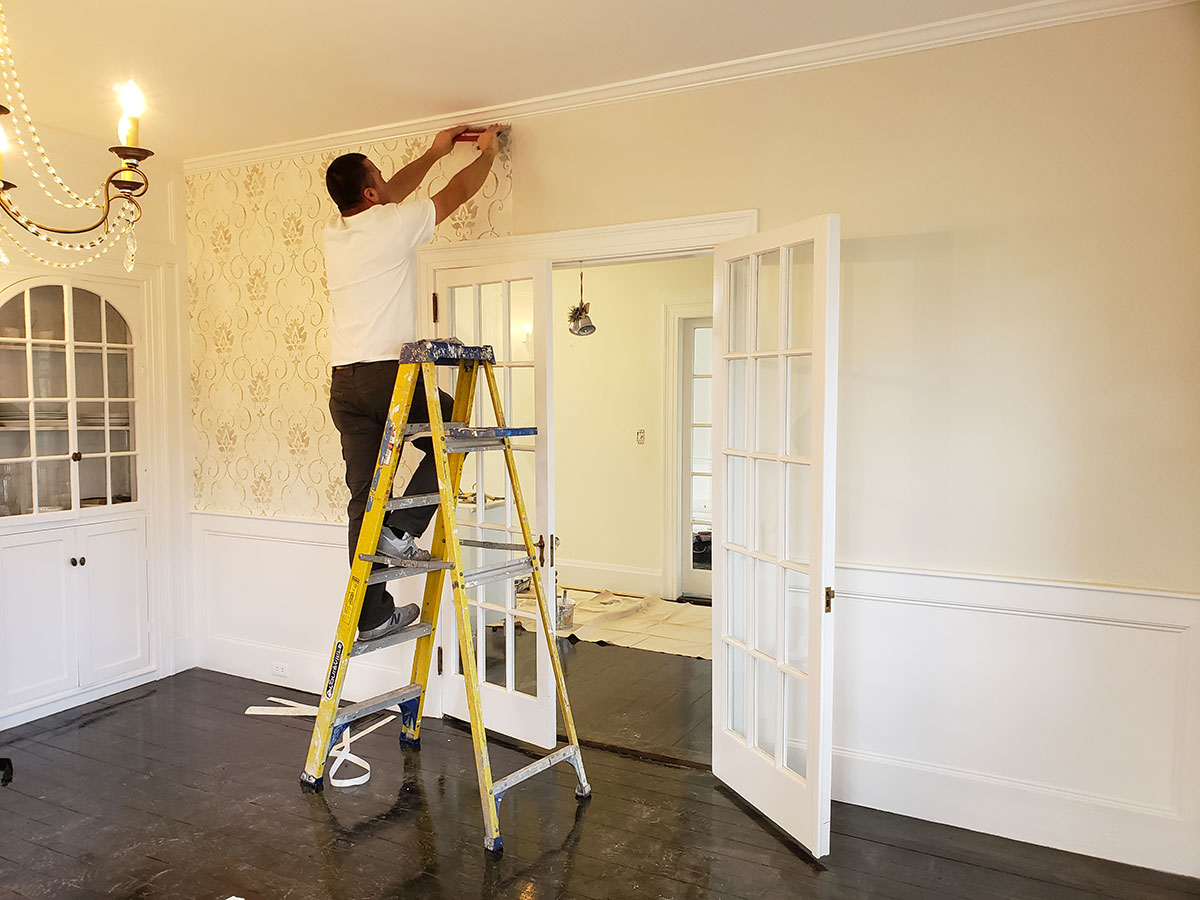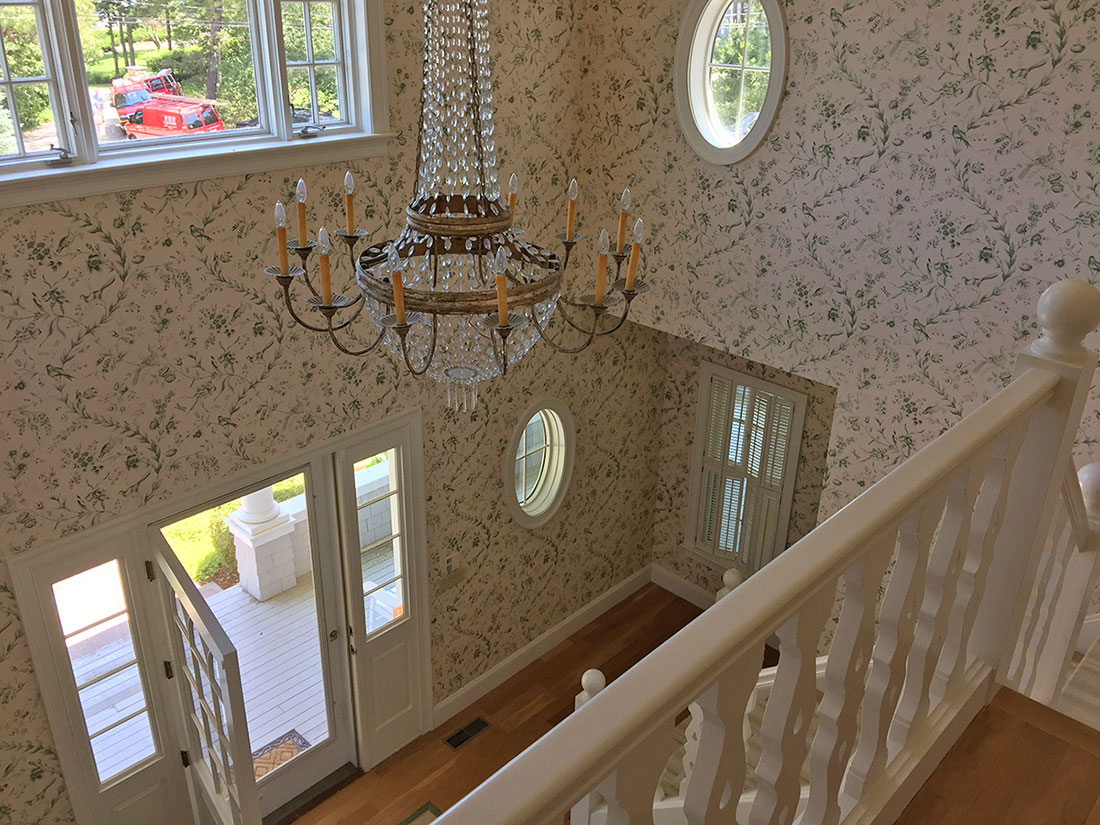Wallpaper Removal
Removing wallpaper is a delicate process that requires the right tools, like a wallpaper steamer and special solvents.
- Home
- Interior painting
- Wallpaper Removal
Removing wallpaper is a delicate process that requires the right tools, like a wallpaper steamer and special solvents.
It also requires a whole lot of patience! Even with the right tools, you can never be totally sure how the wallpaper is going to behave.
Sometimes it comes off relatively easily, and doesn’t leave any damage behind. Other times, you can run into entire sections of wallpaper that just doesn’t want to come off.
How you go about removing it also depends on the type of wallpaper used—some have a vinyl coating, and others can be made of fabric,
which each require a different approach for removal. How it was initially applied can also make a big difference in how the removal process goes.
For example, if the walls weren’t properly primed before application, this can cause problems when you try to take it off.
While you can certainly try to tackle the job yourself, it’s always best to let professionals take care of it.
When we do run into problems with stubborn wallpaper, we know how to deal with it, while preventing damage to the walls.
The main benefit to getting rid of your wallpaper is obvious—you can finally stop looking at a pattern you don’t like!
But there are practical reasons for taking it down as well. Over time, wallpaper can start to peel or bubble, which gives your walls a look that’s not so polished.
You might also end up with seams that start to separate, or ends that start to curl up. It can also sometimes start to yellow over time, which can’t be fixed.
Of course, if you’re the type of person who likes to change the look of your space fairly often, getting rid of your wallpaper makes that much easier.
When you have smooth walls, you’ll be able to simply paint over them when it’s time to redecorate.
Removing old wallpaper is a multi-step process. Because we’re professionals, we’re able to get it done quite quickly, without damaging the walls. Here’s how we do it:
- First, we’ll prep the surface by spraying it down using a non-toxic solution.
- Once it’s saturated, we’ll carefully remove old wallpaper by using a wallpaper removal tool to gently lift the paper to avoid damage your walls.
- The condition of the wallpaper or wall condition beneath the wallpaper can only be determined after the paper is removed.
- Wallpaper will be vacuumed up leaving no mess.
- The residue is washed and cleaned.
- Next, we’ll repair any small surface imperfections and smooth out the surface with a skim coat and sanding.
- Once the walls are sanded and cleaned, a primer is applied.
- Once it’s ready to paint, we’ll apply the color of your choice.



